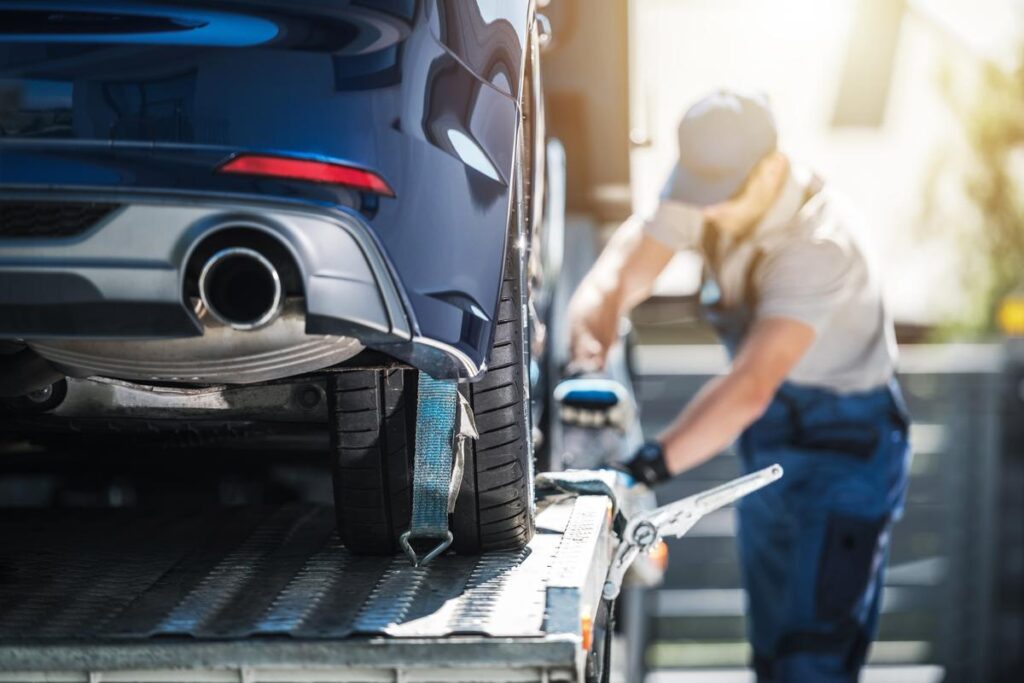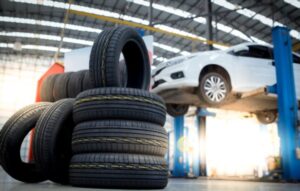Whether you’re planning a weekend getaway with a loaded trailer or embarking on a major hauling project, the key to a successful journey lies in ensuring your tires are up to the task. The proper selection, care, and maintenance of your tires are vital not only for the safety of your vehicle and cargo but also for your peace of mind. Let’s delve into some essential tire safety tips for handling heavy loads, providing you with the knowledge you need to make informed decisions when it comes to purchasing your next set of tires.
Proper Load Rating: The Foundation of Safe Towing and Hauling
One of the primary considerations when it comes to towing or hauling heavy loads is choosing tires with the appropriate load rating. This rating indicates the maximum amount of weight each tire can safely support. Neglecting to use tires with the correct load rating for the specific weight you are carrying could lead to a catastrophic failure, resulting in accidents, damage or tire blowouts. To determine the required load rating, consult your vehicle’s owner’s manual or consult with a knowledgeable tire professional who can guide you in selecting the right tires for your specific needs.
Tire Pressure: Maintaining Optimal Performance and Safety
Proper tire pressure is essential for the safety and longevity of your tires while towing or hauling heavy loads. Operating your tires at the correct pressure reduces the risk of blowouts, improves stability, and ensures better fuel efficiency. Overinflated tires may lead to excessive wear in the center of the tread, diminishing traction and compromising handling. Conversely, underinflated tires can cause poor fuel economy, increased tire heat buildup, sidewall flexing, and reduced load-carrying capability. Regularly check your tire pressure, using a reliable and accurate gauge, to ensure it aligns with the manufacturer’s recommended specifications. Additionally, keep in mind that while towing, tire pressure tends to increase due to the added weight, so it’s crucial to monitor and adjust accordingly.
Tread Depth: The Grip Between You and the Road
The condition of your tire treads is a critical factor in ensuring safe towing or hauling experiences, especially when dealing with heavy loads. Adequate tread depth ensures improved traction, handling, and braking, particularly on wet or slippery surfaces. As tires wear down over time, their ability to perform optimally in adverse conditions decreases. Therefore, regularly inspect your tire treads, looking for bald spots, uneven wear patterns, or signs of damage. If you notice less than 2/32 of an inch of tread depth remaining, it’s time to replace your tires. Investing in high-quality tires with deep, durable treads will not only enhance safety but also extend the lifespan of your tires, saving you money in the long run.
Conclusion: Prioritize Tire Safety When Towing or Hauling Heavy Loads
When it comes to towing or hauling heavy loads, overlooking tire safety can have severe consequences. By selecting tires with the appropriate load rating, maintaining proper tire pressure, and monitoring tread depth, you can significantly reduce the risk of accidents, enhance your vehicle’s performance, and protect your valuable cargo. Remember, tires are the foundation of your vehicle’s safety, and investing in high-quality, reliable tires will ultimately pay off in terms of both your peace of mind and your pocketbook. Don’t compromise on safety; make tire safety a priority today.


